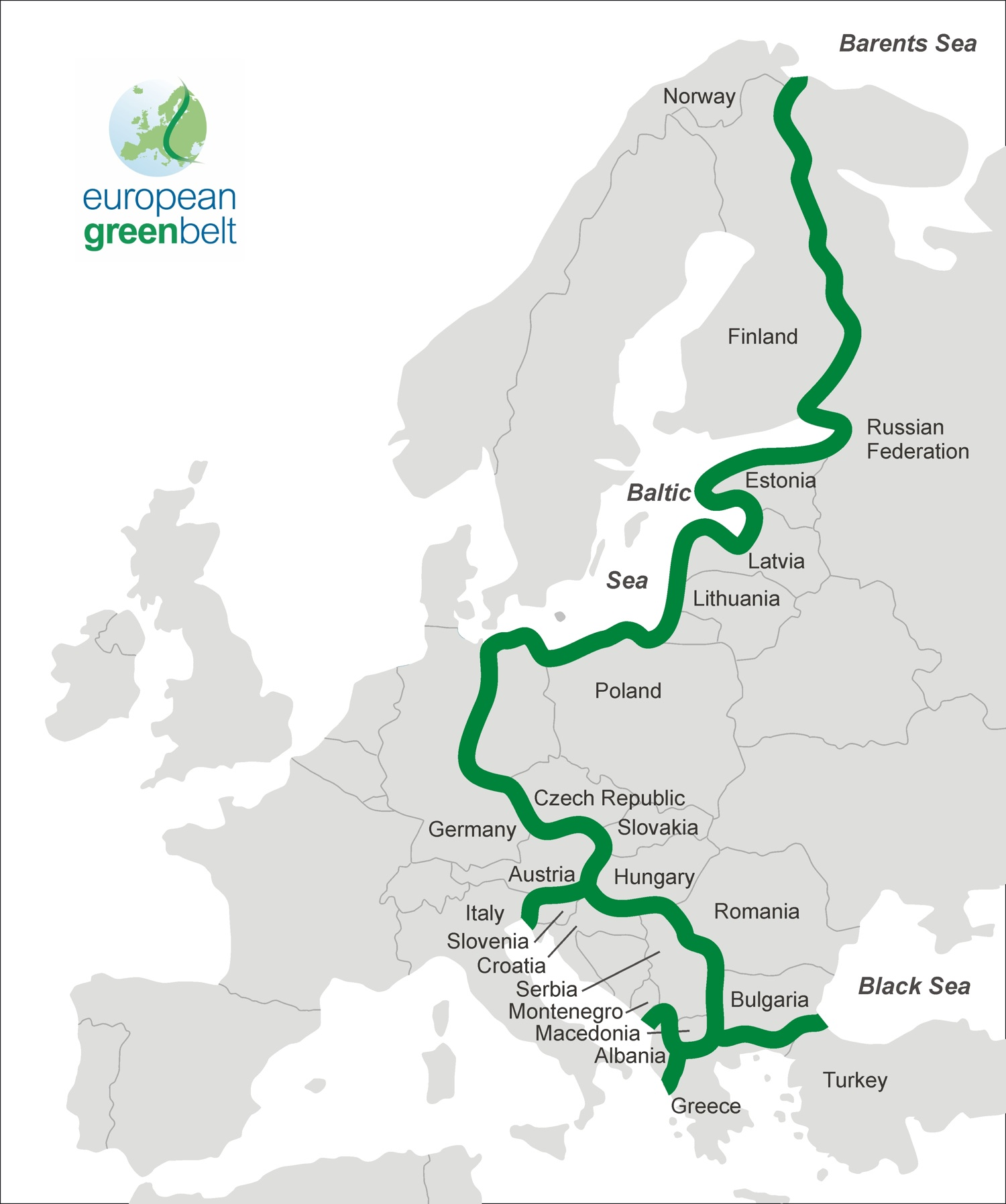The European Green Belt is a unique conservation initiative that spans across several countries in Europe. It is an ecological network that follows the former Iron Curtain, which once divided Europe during the Cold War. The Green Belt stretches over 12,500 kilometers (approximately 7,800 miles), extending from the Barents Sea in the north to the Black Sea in the south.
The idea behind the European Green Belt is to preserve and restore the natural and cultural heritage of the areas along the former Iron Curtain. This region has become an important corridor for various plant and animal species, including many rare and endangered ones. The Green Belt acts as a biological corridor, facilitating the migration and movement of wildlife across Europe.
The initiative began in the late 1990s and has since gained significant support from governments, organizations, and local communities. Numerous conservation projects, research initiatives, and cross-border collaborations have been established to protect the biodiversity and promote sustainable development along the European Green Belt.
The European Green Belt also serves as a symbol of peace and reconciliation, representing the reunification of Europe after the Cold War. It highlights the importance of transnational cooperation and environmental protection. The Green Belt project encourages the establishment of protected areas, the promotion of sustainable land use practices, and the engagement of local communities in conservation efforts.
Overall, the European Green Belt is an innovative and ambitious initiative that aims to protect biodiversity, enhance ecological connectivity, and foster cooperation among European countries.
The map below shows this wildlife corridor connecting many national parks, built somewhat by mistake over the iron curtain during the cold war.

This post may contain affiliate links. As an Amazon Associate, I earn from qualifying purchases.
Comments
Post a Comment